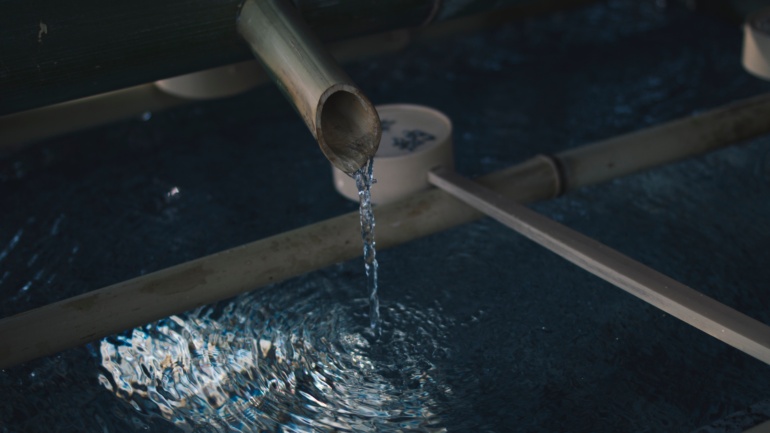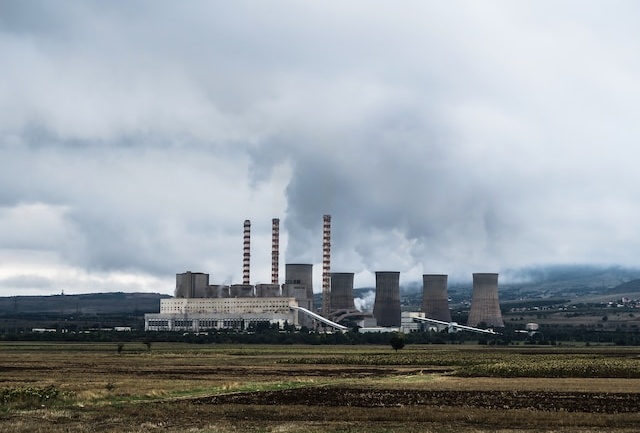By April Day, Director, Publishing Group for Save The Water™ | July 31, 2018
Introduction: Population Growth and Land Use
Thankfully, nowadays people survive birth and live longer.1 This has resulted in population increases, which are expected to continue into the future.2 Along with population growth, land use will change. For example, in South Korea, the Han River Basin is cleaner than it was in the 1990’s. And the government has invested in water infrastructure to make it cleaner. But, in and around Seoul and other urbanized areas, there continues to be a higher-than-acceptable level of pollutants.3 Why?
Land Use Impacts Water Quality
Several studies in North America and Europe have tried to determine how land use in water basins cause changes in water quality. Some studies, particularly in the American midwest, have identified agricultural use as having the most significant impact on water quality. For example, a recent study found that Iowa’s farms continued to unload high levels of nitrogen and phosphorus into the State’s waterways, causing poor water quality.4 This occurred, despite hundreds of millions of dollars, to address that particular problem. Now,the poor water is reaching the Gulf of Mexico, where it contributes to the “Dead Zone.” Last summer, the zone was the size of New Jersey. In the zone, there is simply not enough oxygen to support marine life.4
The study also pointed at industrial operations and urban wastewater as pollution contributors.4
But, the news is not always bad. For example, one study in Italy allayed residents’ fears about landfills.5 The residents worried that local landfills were leaking into groundwater. As a result, they opposed the landfills. However, the study found that the hydrological site characterization had local peculiarities of the aquifer. Thus, the study showed that some of the chemicals were from the natural soil type (red or residual soils) in the area, not leachate from the landfills. The finding that the chemicals were not water degradation from the landfills reassured the residents and simplified waste management.5
More recently, studies in areas of Asia that have a tropical or a subtropical environment are contributing to the understanding of how particular characteristics of a water basin can determine which land use impacts water quality the most, particularly in a climate that has a wet season and a dry season.6 This is significant for future population growth.
Land Use, Water Quality, and Asia
Several land use studies have shown that land use significantly impacts water quality in rivers. For example, a 2015 study of Dongjiang River Basin in southeastern China found that urban and forested areas had severe impacts on the river’s water quality.6 Although there have been several studies about the complex relationship between land use and water quality, the findings regarding whether urban land use contributes more to water quality than agricultural land use is across the board and may depend on the characteristics of the particular river basin.6
Forested areas have a positive impact on water quality in the Dongjiang River Basin, perhaps because they act as nutrient retention areas, preventing nutrients from entering streams.6 Unlike the forested areas, during the dry season, the urban areas in the Dongjiang River Basin contributed to higher levels of nitrogen and phosphorus. This could be from point source pollution (i.e. a leaking sewage pipe, illegal dumping) or nonpoint source pollution (lawns).6 Water that receives incomplete or no treatment has been found to cause the most harm to water quality in urban and suburban areas in tropical Asian watersheds.6 In part, this stems from a shortage of treatment infrastructure in suburban areas.6
As for the recent study in Korea by Geography Professor Heejun Chang, even after clean up efforts since the early 1990’s, some of the urbanized regions in the Han River Basin still had higher-than-acceptable concentrations of nitrogen, phosphorus, and chemical oxygen demand (COD). Even though wastewater treatment plants were built, the study suggests that the population growth in suburban areas may have outpaced the proper treatment of wastewater as well as increasing runoff or “non-point source” pollution.3 Thus, going forward, population projections will be key to water management and infrastructure development.
Technology Gives a Solution, including Electroflocculation
There are several solutions to these issues. First, studies have identified land management as a key way to protect water. Although Korea invested in infrastructure to clean up its water, current pollution is still above acceptable amounts. The study suggests that most trends could be explained by forest or agricultural land cover, changes in land use, and the percentage of area covered by water and slope variations. In other words, the study suggests that land management could be an effective way to protect water quality.3
This study is not the only one to suggest that land management can be effective in protecting water quality. Several drinking water providers are looking at land management as a way to protect source water and are engaged in source water protection. Protection of source water results in modest reductions in drinking water treatment costs.7 The literature review concluded that more information is needed to fill vital gaps in knowledge about the complex interaction between land management and water to inform source water protection decisions.7
Second, technology also provides many ways to effectively treat water. For example, one study suggested replacing water treatment methods that are expensive and highly technical such as nanofiltration and reverse osmosis with other methods. Those methods could be some combination of microfiltration/ultrafiltration, slow sand filtration, and granular activated carbon.2 The study also identifies, in combination with microfiltration/ultrafiltration a method that Save the WaterTM technologies seek to support: electroflocculation. You can read more about that here.
Third, geography professor Heejun Chang stated, “Nature-based solutions have shown to improve water quality in the long run.”3 For example, some solutions use sand in water treatment.2 Other water management plans would require less use of toxic chemicals such as pesticides.
Action
If you are in a suburban or urban area, you can do the following to reduce pollution, even if the wastewater treatment is incomplete:
- Do not use pesticides
- Do not flush unused medicines down the toilet
Another way to help in future planning for infrastructure is to respond to surveys related to population. The South Korea study suggests that the population outpaced the water infrastructure. To have accurate projections and models, accurate and current data is necessary. Remember, you and your actions count.
References
- United Nations Population Fund. “World population trends: Overview.” https://www.unfpa.org/world-population-trends
- John Hoslett, et al. May 26, 2018. “Surface water filtration using granular media and membranes: A review.” Science of the Total Environment, 639(2018). https://www.sciencedirect.com/science/article/pii/S0048969718318989
- Portland State University. July 12, 2018. “South Korea’s polluted river basin.” ScienceDaily. www.sciencedaily.com/releases/2018/07/180712100519.htm
- Henry Smith, et al. July 16, 2018. “On Point: Iowa’s Poor Water Quality Goes South.” WBUR 90.9. http://www.wbur.org/onpoint/2018/07/16/iowa-water-pollution
- Raffaello Cossu, et al. July 2018. “How can the role of leachate on nitrate concentration and groundwater quality be clarified? An approach for landfills in operation (Southern Italy).” Waste Management, 77. https://www.sciencedirect.com/science/article/pii/S0956053X18303064?via%3Dihub
- Jiao Ding, et al. August 12, 2015. “Impacts of Land Use on Surface Water Quality in a Subtropical River Basin: A Case Study of the Dongjiang River Basin, Southeastern China.” Water, 7. http://www.mdpi.com/2073-4441/7/8/4427
- James I. Price, et al. September 2018. “The Effects of Source Water Quality on Drinking Water Treatment Costs: A Review and Synthesis of Empirical Literature.” Ecological Economics, 151. https://www.sciencedirect.com/science/article/pii/S0921800917316464?via%3Dihub





